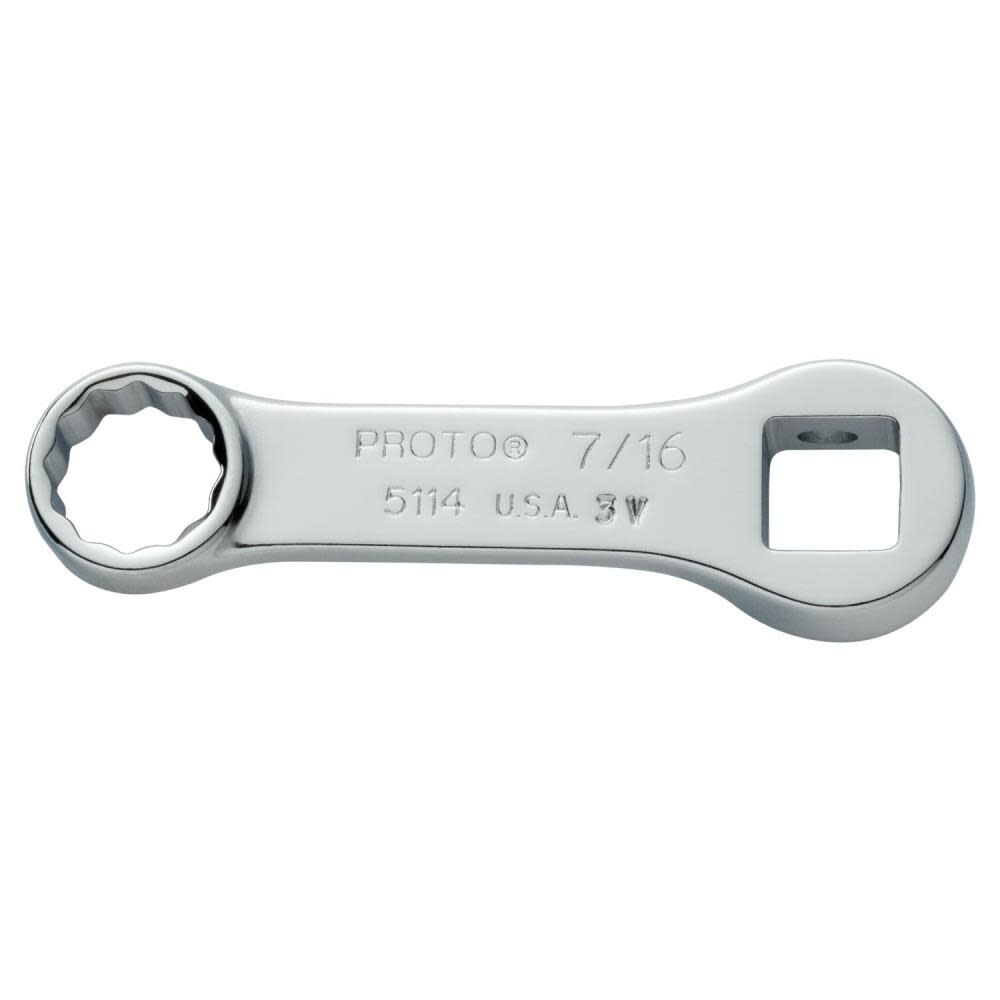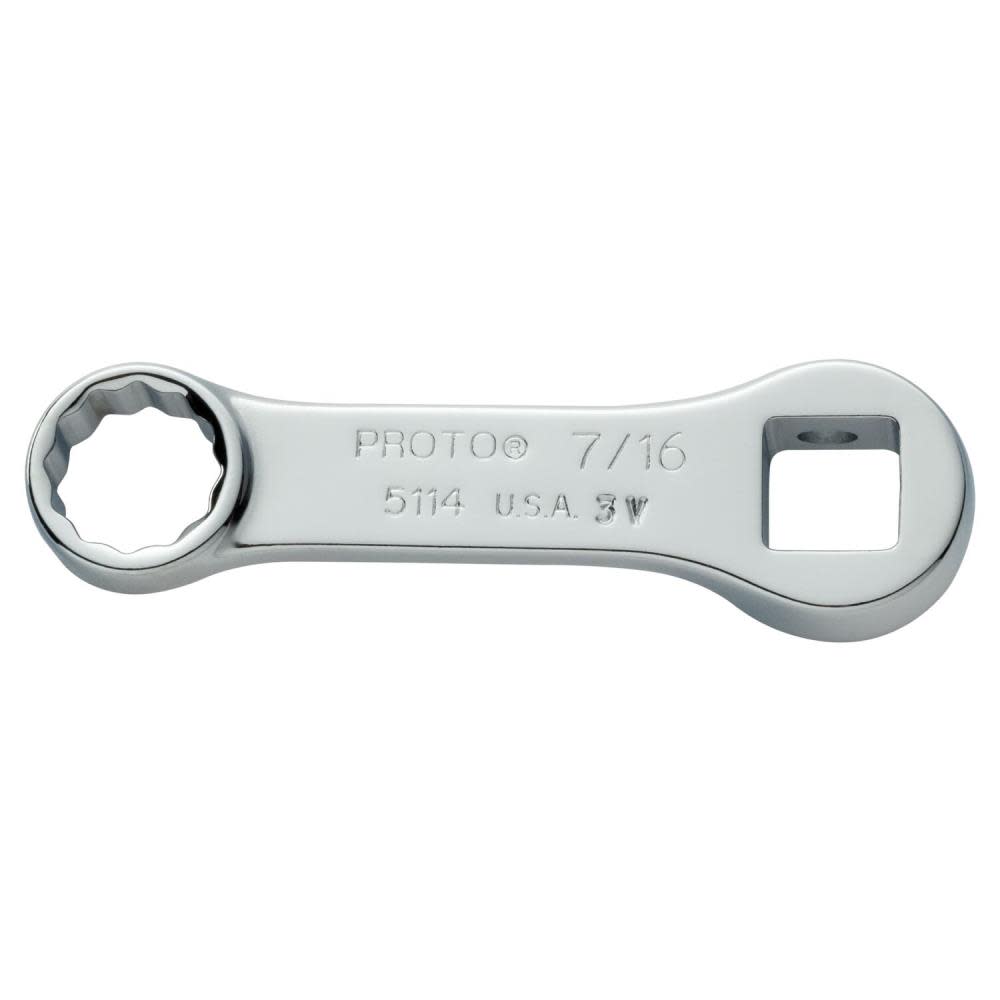Head bolts checked and Norton is back together. I printed a diagram with sequence of operations and torque settings for each bolt (thank you to the person who posted this!) and followed it carefully. I checked one bolt with both torque wrenches, they were identical. All bolts were less than a quarter turn from torque setting, so I did not check valves (planning to ride bike another 200 miles or so, change oil, check valves and re-check head bolts) except for the lower left sleeve nut, which was only hand tight. I was able to get the torque wrench on six bolts, I used a hand wrench on the remaining three, trying to match the amount of pressure on the torque wrench.
Started bike up, sounds good, no leaks.
Thank you to all for help and suggestions




